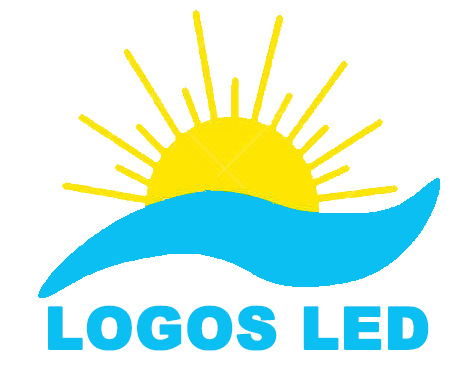2018 Global LED Lighting Market Outlook
2018 Global LED Lighting Market Outlook
According to the latest report from LEDinside, a division of the market research firm TrendForce, 2018 Light LED and LED Lighting Market Outlook, LED lighting market scale will achieve USD 32.72 billion in 2018 and will reach USD 33.3 billion in 2019 when lighting that can be replaced enter the period of saturation, while industrial, architectural and landscape, outdoor and special commercial lighting will keep on developing.
According to LEDinside survey on global installed LED lighting market, the quantity of installed LED lighting products replacing traditional lights increased rapidly. The LED lighting penetration in 2017 is 22% and it is expected to reach 63% in 2022. CAGR of installed LED lighting products will be 26% from 2017 to 2022.
The lighting LED market value increased by more than 10% YoY in 2017 and is expected to grow by about 7.8% in 2018, reaching USD 7.16 billion. But it will suffer a decrease and enter the recession period after 2020. The retrofit lamps like bulb and tube have been saturated, while the industrial lighting products including high/low bay and commercial lighting products like troffer, panel light, and filament lamp still achieve CAGR of 30%. The overall CAGR of lighting LED will reach 4% during 2016-2021.
Quality of light is still one of the market’s attentions. High-CRI LED refers to the LED products with CRI higher than 90, mostly applied to high-end commercial lighting markets like museum lighting, retail lighting and food lighting which has strict requirements on the quality of light. High-CRI LED takes up small market share at present, and its global market scale in 2017 is around USD 330 million. As the market demand increases in the next few years and the packaging technology improves, the revenue is expected to achieve rapid growth
LEDinside Smart Lighting, Niche Lighting, and Lighting in Emerging Countries are Top Three Driving Forces for Global LED Lighting Market Trend
Driving Force One: Smart Lighting
The global smart lighting rapidly develops in 2017, and it’s market scale approximates to USD 4.6 billion, increased 95% YoY, as the technology & products mature and the product concepts become popular, the market scale is expected to reach USD 13.4 billion in 2020. Industrial and commercial lighting are the largest application fields of smart lighting, due to its digitalization, smart lighting will bring more new business model and value growth point for these two fields.
Driving Force Two: Niche Lighting
LEDinside surveyed four niche lighting market segment, including horticulture lighting, healthcare lighting, fishing lighting, and marine lighting and harbor lighting. Amongst those, Horticulture lighting grows rapidly in the US and China, which is mainly promoted by the demand for plant factory construction and greenhouse lighting.
Driving Force Three: Lighting in Emerging Countries
The economic development of emerging countries promotes infrastructure construction and enhances urbanization, the construction of large-scale commercial facilities and infrastructure and industrial economic zone stimulate LED lighting needs. Besides, the energy-saving policies including energy subsidies, tax incentives announced by national and local governments, the large-scale bidding projects like street lighting, residents and business district renovation and the improvement of lighting products standard certification contribute to the promotion of LED lighting. Amongst those, lighting market demand grows fast in Vietnam in Southeast Asia and India.

